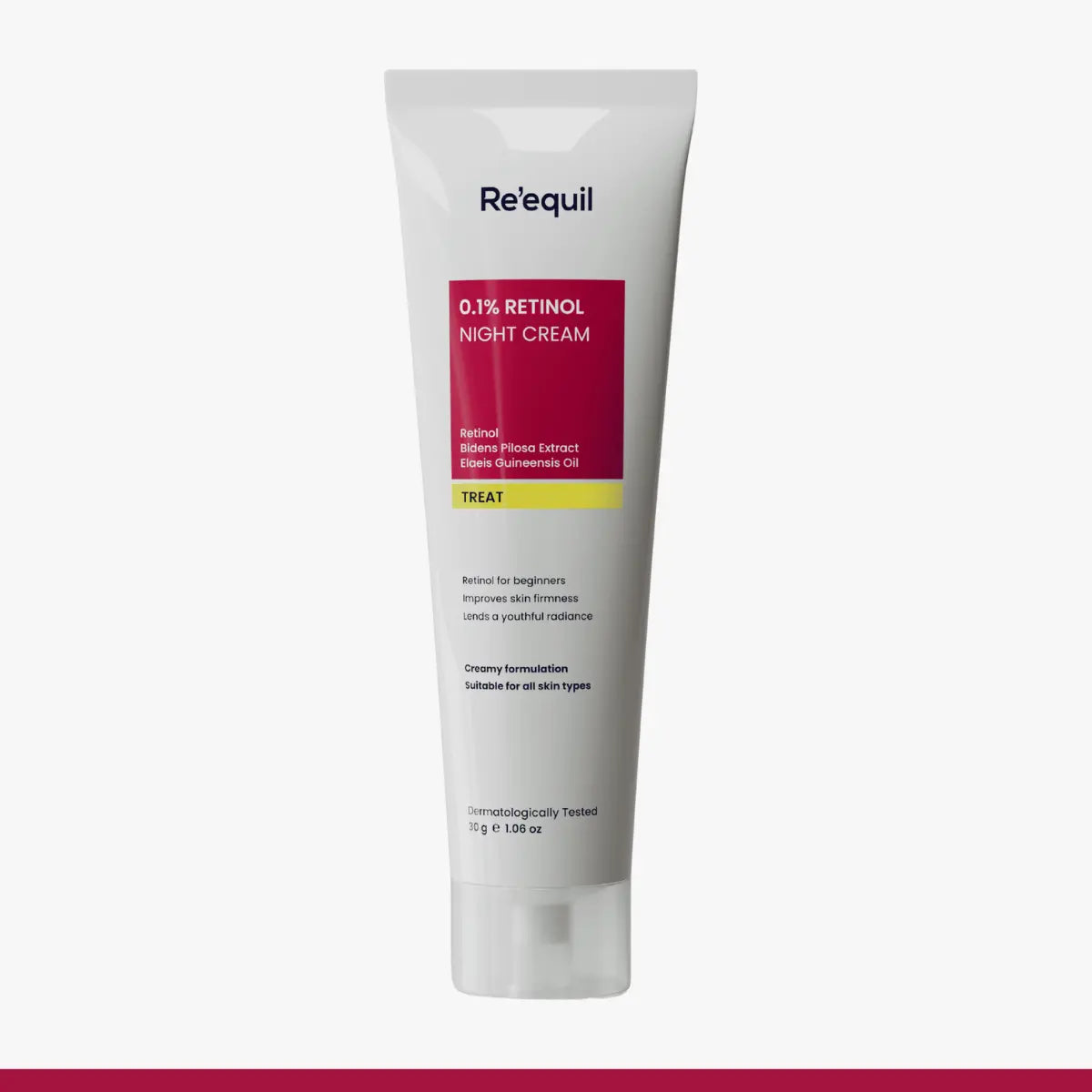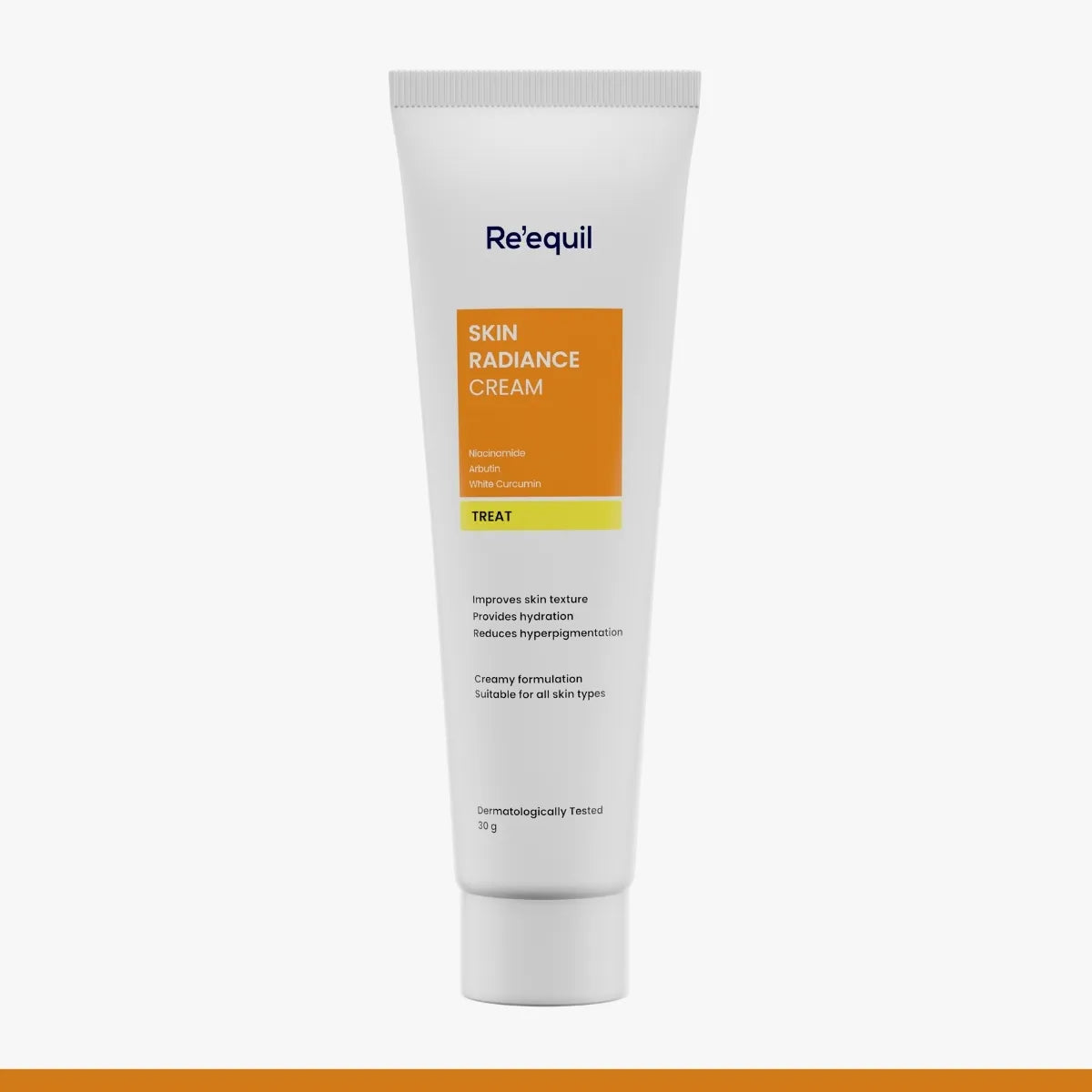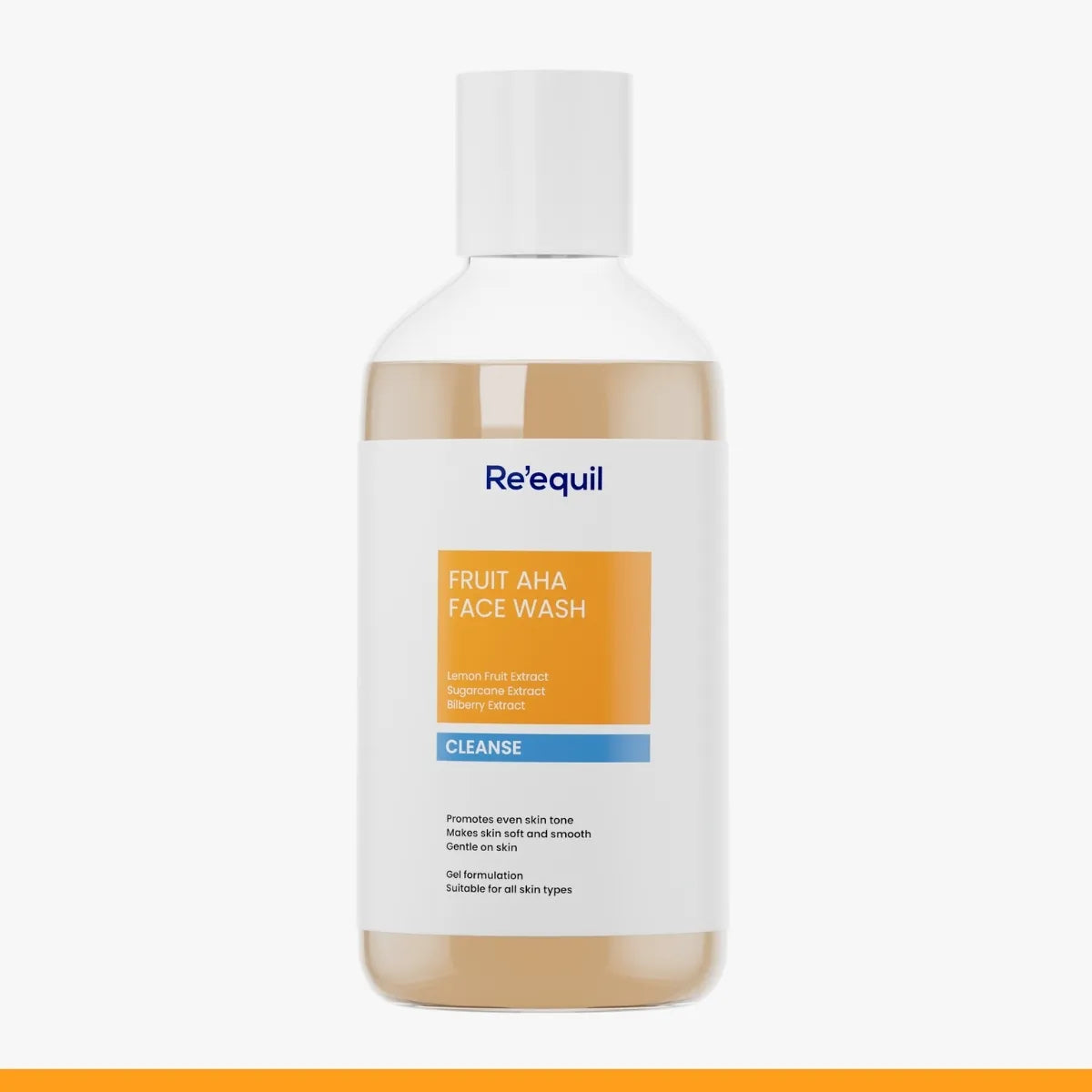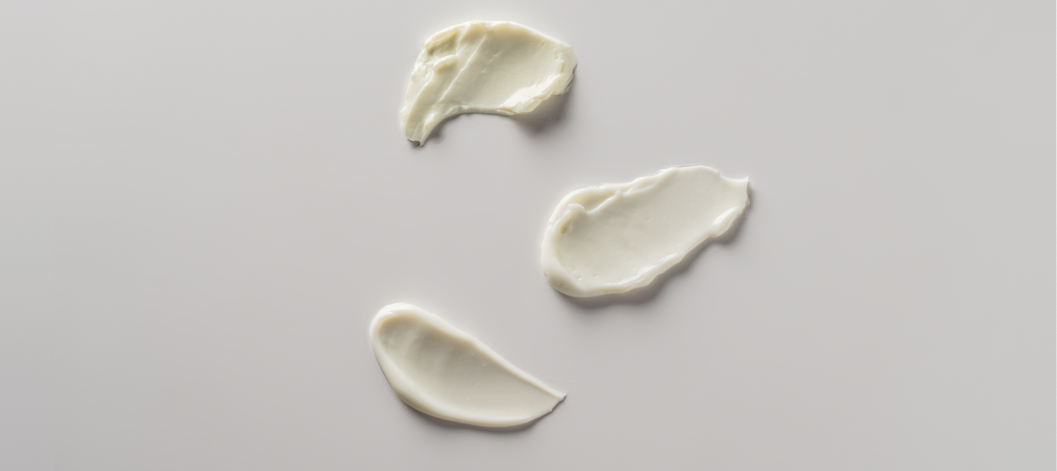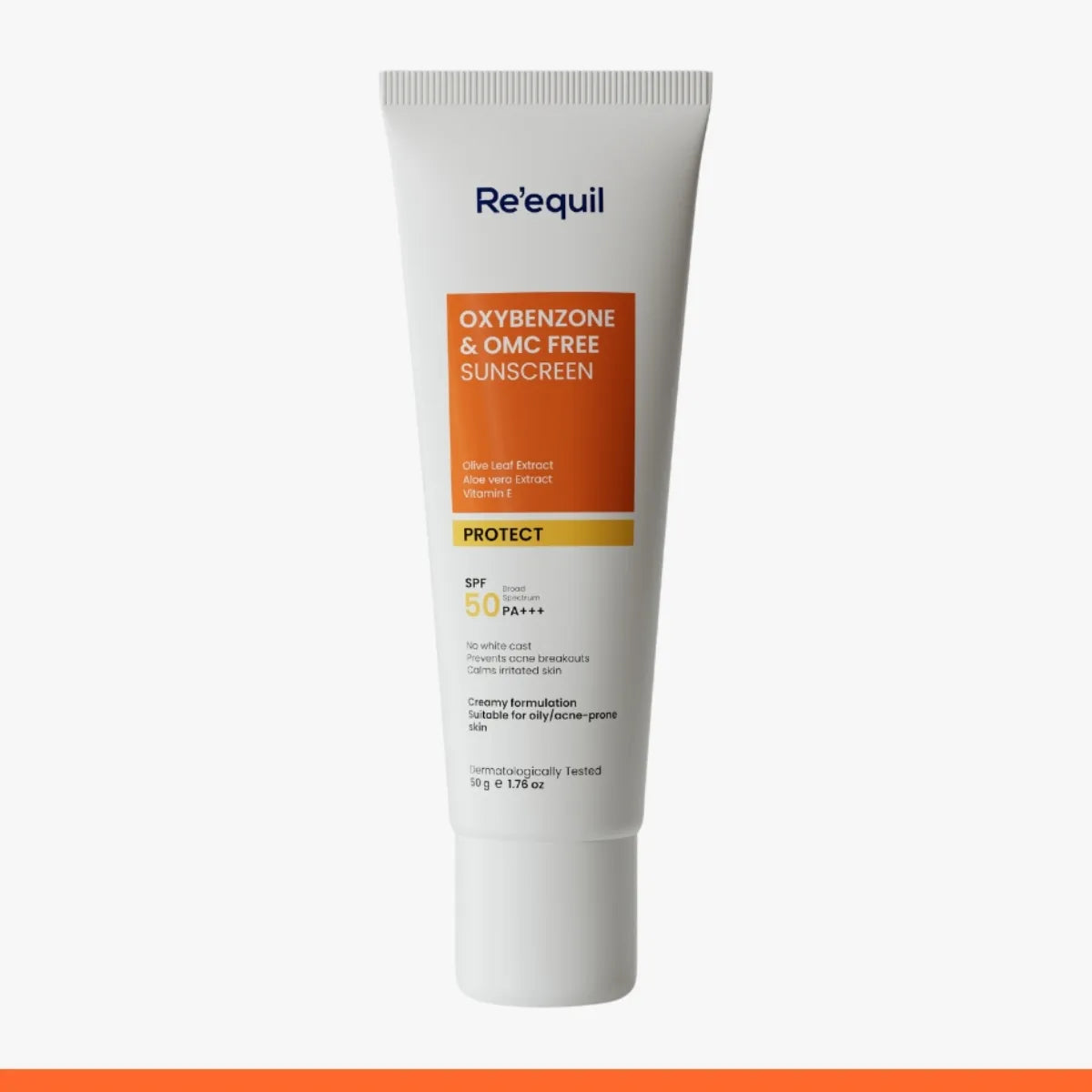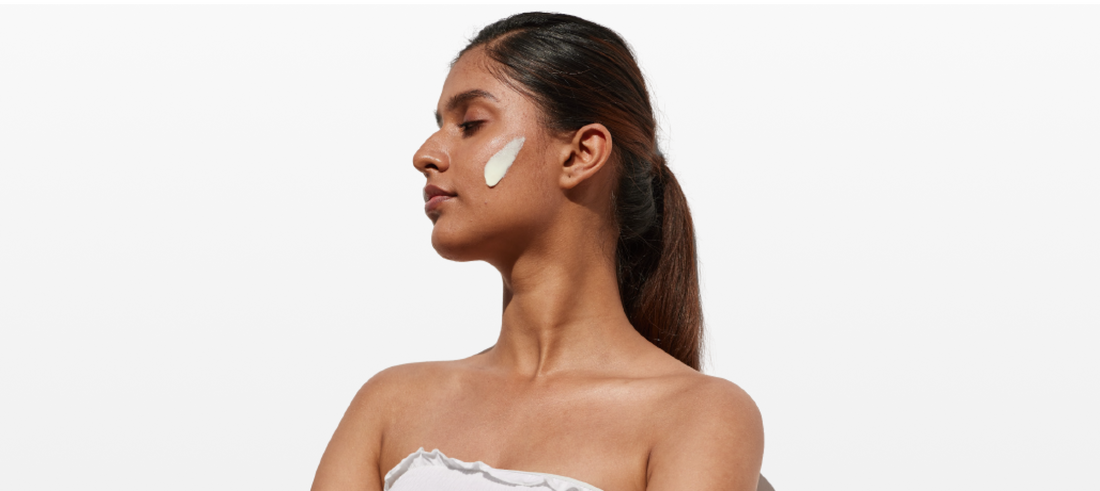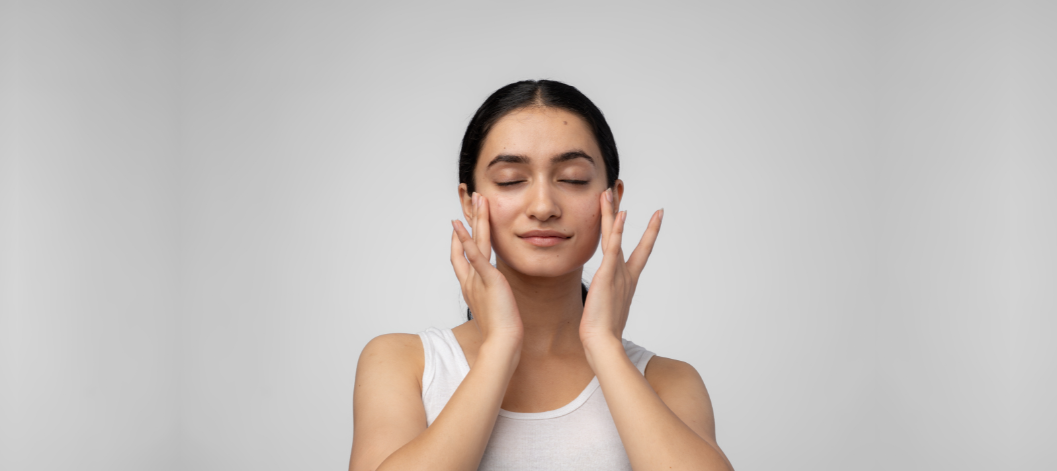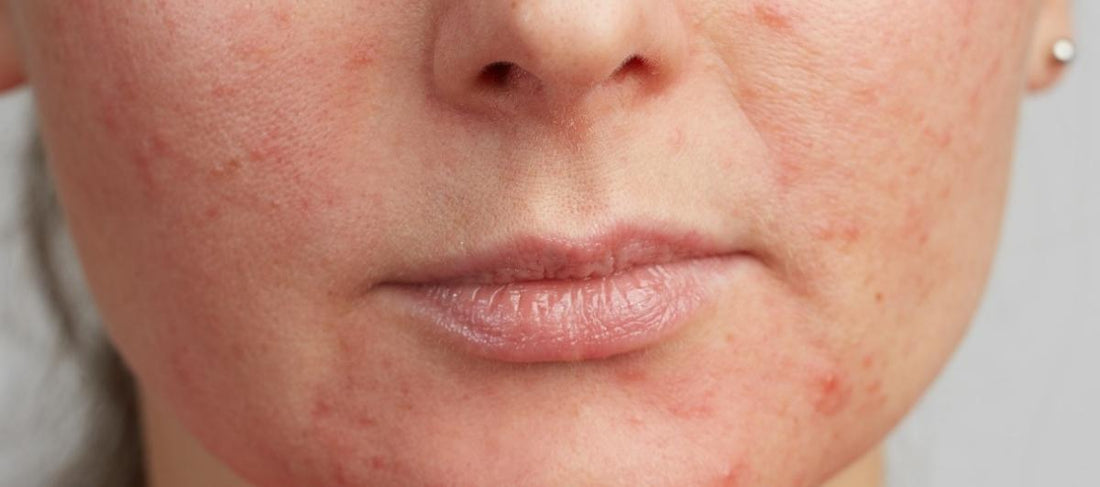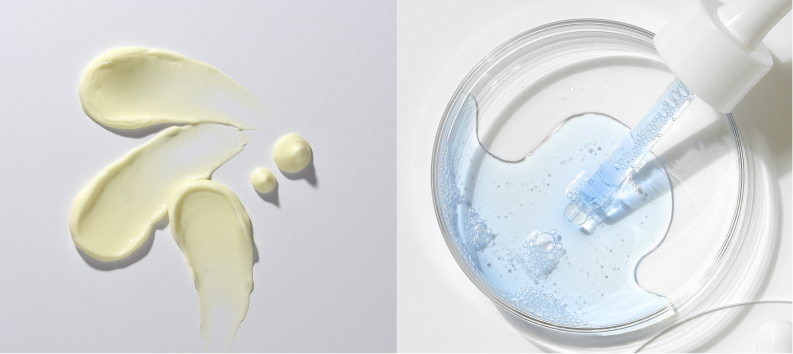Are Retinoid and Retinol the same thing?
I mean, the words do sound similar — that certainly leads to confusion.
However, they are both different ingredients. Think of them as cousins — not clones.
There may be a few similarities, but Retinoid and Retinol are fundamentally different.
In this article, let’s find out the differences, and which one you should use for your skin.
What is Retinoid?
Over time, topical retinoids, which are vitamin A derivatives applied to the skin, have become essential for treating a range of skin concerns, such as acne, psoriasis, wrinkles, and certain skin cancers.
Additionally, doctors customarily prescribe them for conditions like bumpy skin (keratosis pilaris) and dark spots (hyperpigmentation).
These retinoids come in four main types—Tretinoin, Adapalene, Tazarotene, and Retinol—each bespoken with varying strengths and targets.
What is Retinol?
Retinol, a form of vitamin A, is renowned for its anti-ageing properties.
It penetrates deeper into the skin, reaching from the outer layer (epidermis) to the middle layer (dermis).
Once in the dermis — Retinol mitigates free radicals — which according to a 2010 study is the primary cause of premature ageing.
Consequently, Retinol addresses concerns such as wrinkles and fine lines, while also stimulating elastin and collagen production, enhancing blood flow for a plumping effect.
What is the Difference Between Retinoid and Retinol?
There are two types of Retinoids: natural and synthetic.
Natural retinoids are the ones available over the counter and generally have low strength.
Whereas, synthetic retinoids are prescription-based and have higher strengths.
“Retinol is a type of natural retinoid — it’s available over the counter and is considered to be a milder form of Retinoid.”
You can use Retinol to treat acne and early signs of ageing such as fine lines and wrinkles. This ingredient is considered to be the most effective form of Retinoid that you can buy without a doctor’s prescription.
Here are some key differences between Retinol and Retinoid -
1. Retinol is in the form of alcohol and Retinoid is in acid form
Retinol converts into retinoic acid once you apply it to your skin. However, it can take some time to start working. Whereas, Retinoids are already in the acid form and hence, work faster and more efficiently.
2. Retinol is available in regular creams and serums, whereas Retinoids are prescribed by a doctor only.
Retinol is available in several concentrations (from low to high) and thus can be found in regular night creams or serums. Whereas, since Retinoids have higher concentrations — you can buy the topical creams only with a doctor’s prescription.
3. Compared to Retinol, other Retinoids achieve more noticeable results.
Tretinoin — a type of Retinoid — is 20 times more potent than retinol. So if you think about it, a 0.05% Tretinoin is equivalent to 1% Retinol cream. As a result, the effectiveness of Tretinoin in treating skin concerns like acne, wrinkles, and fine lines is far better than that of Retinol.
However, since Tretinoin is potent, it is harsh on your skin and can cause adverse effects.
What are the other types of Retinoids?
Retinoids are available in oral medications and topical creams. Further, topical creams are divided into cosmeceutical and prescription-based creams.
Here are all types of Retinoids and what they treat -
Tretinoin
This is the first-ever Retinoid to be developed. Tretinoin effectively addresses acne vulgaris and photoaging.
Tretinoin is available in topical treatments including creams and gels.
However, this form of Retinoid can be irritating to the skin and not all skin types are equipped to handle it.
That is why you can only buy Tretinoin with a prescription.
Tazarotene
This is the only form of Retinoid that treats plaque psoriasis — a skin condition that speeds up your cell production — causing thick and scaly patches.
It’s available in the form of creams and gels — and in fact, it’s considered one of the most potent forms of Retinoid.
Adapalene
Adapalene is only available at 0.1% as a cream and 0.3% as a gel. It is a topical retinoid that treats acne vulgaris and is available over the counter. As per recent studies, Adapalene is considered to be less irritating and is least prone to photodegradation.
Should I Use Retinoid or Retinol?
Even though topical Retinoid and Retinol can be tolerated by everyone, you might want to consider your skin type first.
Not just that, you need to take into account your skin concerns as well.
For individuals with dry skin, Retinol may be a preferable option as many available creams are formulated with hydrating ingredients. Similarly, those with sensitive skin can also opt for Retinol, as it is available in lower concentrations.
In short, if you are new to Retinol or have sensitive skin, low-concentration (like 0.1%) Retinol is suitable for you.
However, individuals dealing with severe acne or skin conditions, or those with extensive exposure to retinol products, may benefit from prescription-based Retinoids, which are often more effective and yield quicker results.
In case you are not sure about what to use, get in touch with a dermatologist and I am sure you will find the best solution — specifically tailored for you.
